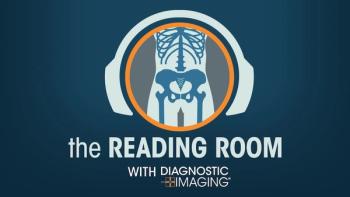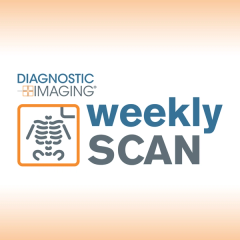
AI Coverage
3 days ago
Top Five Ultrasound Content in 2025Latest News

Shorts










Podcasts
Videos
All News

In an interview at the recent RSNA conference, Chris Davis, DMSc, PA-C, RT, discussed key considerations with the integration of advanced practice providers (APPs) into radiology.

Catch up on the latest CT, MRI, ultrasound and PET imaging research from the recent RSNA conference.
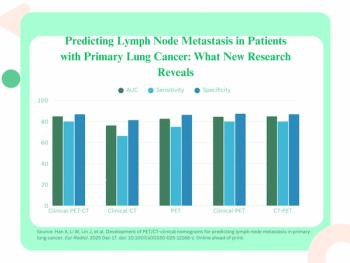
For patients with primary lung cancer, a nomogram incorporating PET, CT and clinical findings offered an 87.7 percent AUC for predicting lymph node metastasis and over a 19 percent higher sensitivity than a PET-based model for predicting small lymph node ( > 1 cm) metastasis.

In a reeent interview, Jenifer Pitman, M.D., discussed key findings from a large knee MRI study, presented at the RSNA conference, which demonstrated significant gender differences with ACL, MCL and medial meniscal injuries.

In a comparative study presented at the recent RSNA conference, researchers found that the combination of capsular contact length from MRI and SUVmax data from PSMA PET/CT yielded greater than 80 percent sensitivity and specificity for extraprostatic extension.

In an interview at the recent RSNA conference, Sriyesh Krishnan, M.D., discussed pertinent principles in assessing AI models, ongoing monitoring of the adjunctive value and an unyielding focus on patient care.
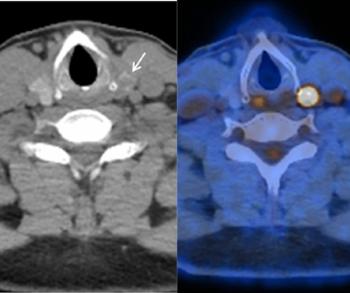
Irregular CT margin and an SUVmax > 6.25 were associated with greater than threefold and sixfold higher risks, respectively, for malignancy among patients with thyroid incidentalomas detected on PET/CT, according to new research.
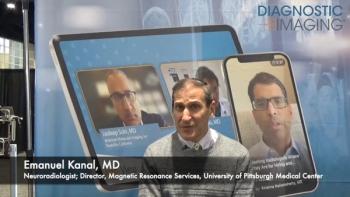
In a recent interview at the RSNA conference, neuroradiologist Emanuel Kanal, M.D., discussed key findings from a committee of the American Board of Magnetic Resonance Safety with respect to MRI technologist responsibilities and how the advent of remote MRI scanning and related protocols may lead to increased MRI safety.
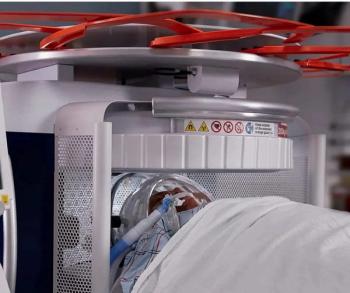
The multi-directional diffusion-weighted imaging (DWI) sequence reportedly bolsters small stroke detection and infarct differentiation for portable MRI of the brain.
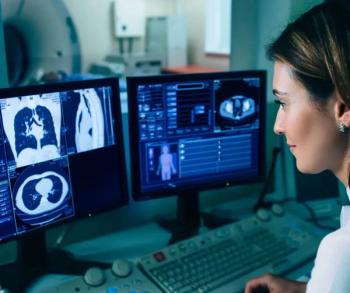
While negativity may seem pervasive at times in health care, staying centered and above the fray keeps us focused on our mission of patient care.

Catch up on the latest research and insights from Constance Lehman, M.D., Rajesh Bhayana, M.D., Stamatia Destounis, M.D., and more with Diagnostic Imaging interviews from the recent RSNA conference.

In a recent interview, Tyler Coombes, M.D., and Parth Patel, M.D., discussed recent research, presented at the RSNA conference, which suggested that quantitative evaluation of non-calcified plaque volume (NCPV) may offer significant utility for cardiovascular risk stratification.
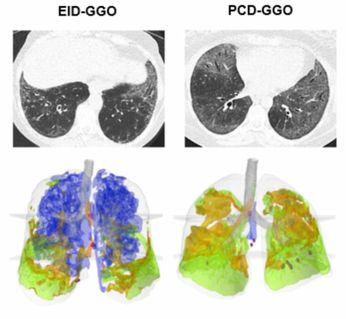
For patients with systemic sclerosis, the combination of PCCT and automated Lung Texture Analysis (LTA) offered a higher AUC for detecting interstitial lung disease (ILD) at a 70 percent lower mean CT dose index than the pairing of EID-CT and LTA.
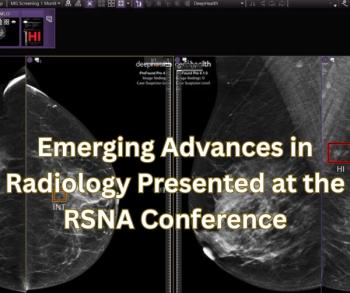
Whether it was a new advance in 3T MRI, emerging mammography-based AI technology, promising enterprise imaging platforms or new ultrasound devices, here is a recap of some of the product innovations launched or showcased at the annual RSNA conference.













